By Ed Finkel, LISC Chicago’s New Communities Program
Residents of Chicago’s Near West Side will be able to shop at a full-service grocery store for the first time in four decades when Pete’s Fresh Market opens in 2011.
| The Chicago Reporter and Chicago Matter’s The Color of Money helps provide more context for this issue.” |
The local, produce-oriented chain was officially awarded the city-owned site at the intersection of Madison and Western during a meeting Aug. 20. A Giordano’s pizza restaurant also will open as part of the development, which will take about 16 months to build and serve West Haven, East Garfield Park and nearby communities.
Pete’s will offer dairy, meats, fish, poultry, bakery, deli and organic produce — but not pharmacy or alcohol.
“We’ll be coming out of the food desert shortly,” said Earnest Gates, executive director of the Near West Side Community Development Corp., which facilitated the selection process and served as lead agency in producing the community’s 2007 quality-of-life plan, “Rising Like the Phoenix,” which featured the grocery store as a key project. “It’s something that the neighborhood will be able to celebrate.”
Neighbors Development Network, comprised of about 300 homeowners, renters and public housing residents on the Near West Side, took up petitions to bring Pete’s to the community, said Andre Perrin, co-chair.
“We kind of coalesced around Pete’s two years ago,” he said. “We thought it met everybody’s needs. It’s affordable, high quality and has been helping to transform other neighborhoods.”
Perrin specifically mentioned Little Village, where Pete’s occupies a former Jewel location. “It’s been bringing that area back to life, and we envision it doing the same thing at Madison and Western,” he said.
Pete’s Fresh Market representative Charlie Poulakis said the store will encompass 55,000 square feet, and there will be an additional 10,000 square feet of development including Giordano’s and a couple of other restaurants or retailers yet to be determined.
The three-acre site at Madison and Western sits across from another shopping center anchored by a Walgreen’s.

“We thank the people and all the parties that were involved, especially the alderman, and the people who supported us,” Poulakis said. “The people [who live nearby] motivated us to go to that location.”
“Providing West Side residents with easy access to food and shopping is a priority, because this area has been a food desert for far too long,” wrote Ald. Bob Fioretti (2nd) in his e-newsletter to constituents. “Pete’s is the best choice for the community. They have demonstrated a will to work with and hire from the neighborhood to ensure that local residents benefit fully.”
Produce, Dairy – But No Alcohol, Rx
During a May 6 meeting at Crane High School, where other finalists Jewel-Osco and Food 4 Less also presented, Poulakis said Pete’s offers most typical grocery store departments, except for pharmacy and liquor, and some in the diverse crowd of about 200 were happy to hear booze would not be included. The store will offer dairy, bakery, deli, meats, poultry, fish, organic produce and a salad bar.
“This is a food desert, not a pharmacy desert,” Poulakis said at the meeting, in a nod to the Walgreen’s across the street, although he later added that the store might include some non-prescription pharmacy-type items. “Pete’s likes to go into food deserts and make an oasis. This site fits Pete’s M.O.”
Fioretti co-hosted the meeting with representatives of the city’s newly reorganized Department of Community Development.
The chain, which accepts Food Stamps and LINK cards at its six existing stores on the South and Southwest sides of Chicago and one in south suburban Calumet City, Ill., expects to hire about 150 people at the Madison and Western store.
Fioretti said his office would work closely with Near West Side CDC to keep track of local hiring. Pete’s plans to provide job training before it opens and managerial training to all who qualify, and it pays butchers $16 per hour, according to Poulakis.
The city’s Department of Community Development considered numerous factors in making the selection, including time-line, financing, building design, community input, commitment to local and diverse hiring, commitment to environmentally-friendly features, the level of city assistance needed, and total cost.
“We don’t want it to go any longer than you do,” said Mary Bonome, deputy commissioner with the department, during the May meeting. “Trust me: This has been a long and very expensive process from the city’s perspective.”
Perrin expressed gratitude that the process had reached an end. “The community is extremely happy with the result,” he said. “It’s been a long time coming. It’ll fill a big void that will make this neighborhood more of a true neighborhood, where you don’t have to go somewhere else to do daily activities.”
“The wait is over,” Amy Knapp, the other co-chair of Neighbors Development Network wrote in an e-mail announcing the deal. “It was a long fight but definitely worth it. Thanks to everyone for staying involved and being committed to making this a reality.”

![Reblog this post [with Zemanta]](http://img.zemanta.com/reblog_c.png?x-id=dd0a071a-ab50-4212-b176-5b8240dcf433)







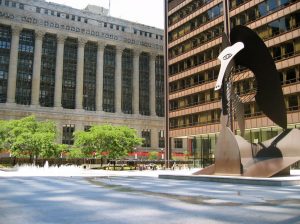

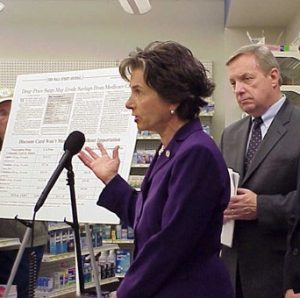




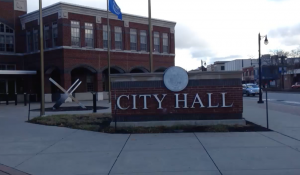



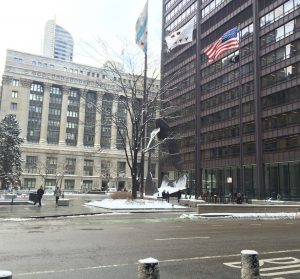
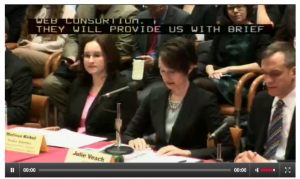




Be First to Comment